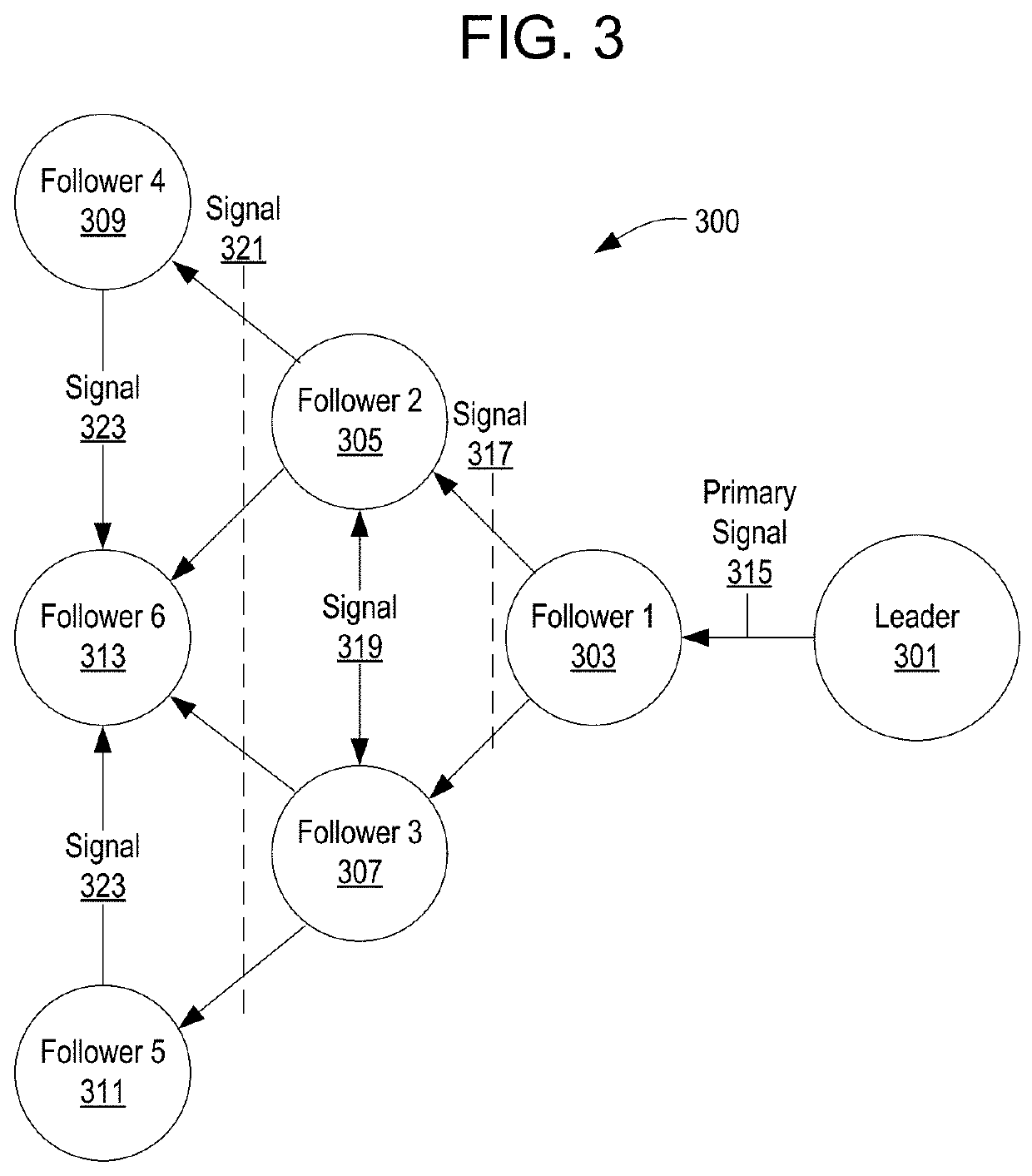Method for controlling autonomous agents using self-reinforcement
a technology of autonomous agents and self-reinforcement, applied in the direction of vehicle position/course/altitude control, process and machine control, instruments, etc., can solve the problems of slow response or other deficient vehicle behavior, and achieve the effect of improving convergence, promoting movement of automated vehicles, and faster respons
- Summary
- Abstract
- Description
- Claims
- Application Information
AI Technical Summary
Benefits of technology
Problems solved by technology
Method used
Image
Examples
Embodiment Construction
[0018]In the following description, various embodiments of the present invention will be described. For purposes of explanation, specific configurations and details are set forth in order to provide a thorough understanding of the embodiments. However, it will also be apparent to one skilled in the art that the present invention may be practiced without the specific details. Furthermore, well-known features may be omitted or simplified in order not to obscure the embodiment being described.
[0019]According to various embodiments disclosed herein, improved control systems for automated or semi-automated agents, such as automated vehicles (e.g., cars, trucks, and unmanned aerial vehicles), swarm robots, and other computer-controlled agents, are achieved in the context of agents traveling in formation, such as vehicles in a platoon or unmanned aerial vehicles in an aerial formation, by the application of alignment information between the agents in the formation in conjunction with delay...
PUM
 Login to View More
Login to View More Abstract
Description
Claims
Application Information
 Login to View More
Login to View More - R&D
- Intellectual Property
- Life Sciences
- Materials
- Tech Scout
- Unparalleled Data Quality
- Higher Quality Content
- 60% Fewer Hallucinations
Browse by: Latest US Patents, China's latest patents, Technical Efficacy Thesaurus, Application Domain, Technology Topic, Popular Technical Reports.
© 2025 PatSnap. All rights reserved.Legal|Privacy policy|Modern Slavery Act Transparency Statement|Sitemap|About US| Contact US: help@patsnap.com



